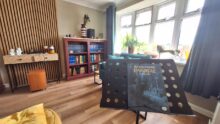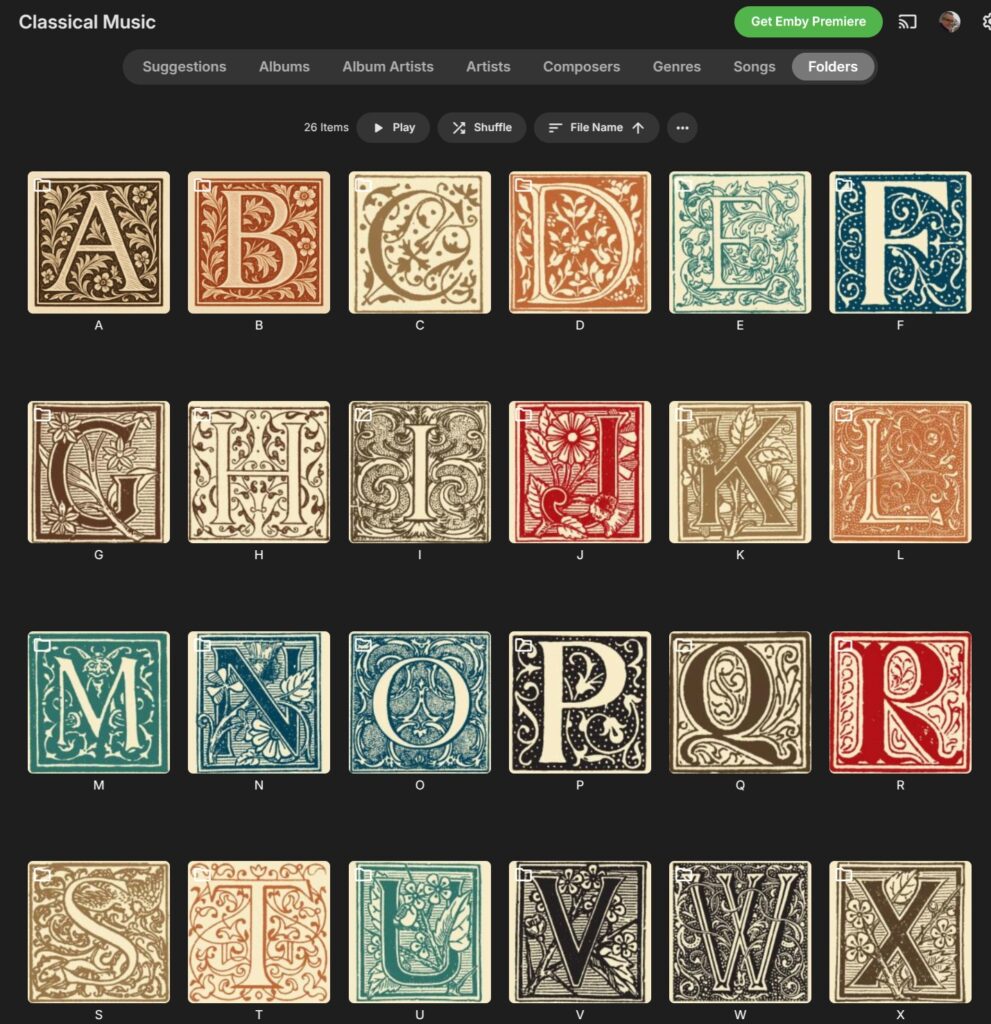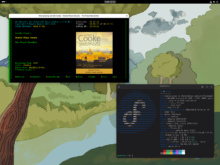A Word of Thanks
A special word of thanks is due, I think, to Mark Whitnall, a reader who recently went slightly beserk and bought me an extraordinary amount of 'music scores' using the 'Buy Me A Coffee' donation mechanism. His donation was more than sufficient to allow me to make a long-wanted purchase of the full score of Parsifal, which I've been reading ever since whilst following along with the six different recordings of the work that I have. It is always amazing to me to discover how much more of the music you hear when your eyes tell you you're supposed to hear something specific!
It's been an immense pleasure and I am very grateful to Mark -and, indeed, to all my regular readers, whether they've donated or not. [...]










